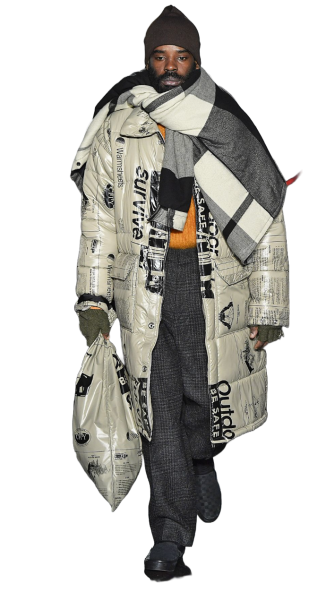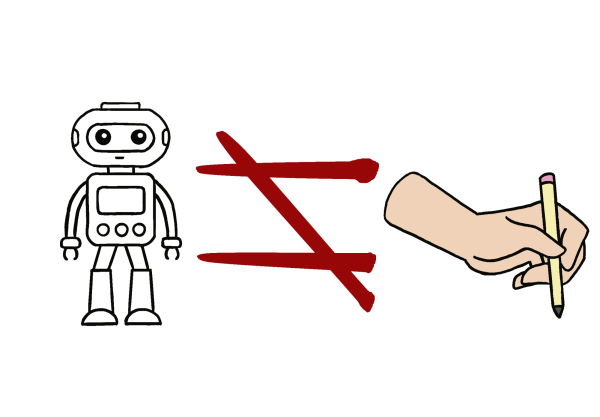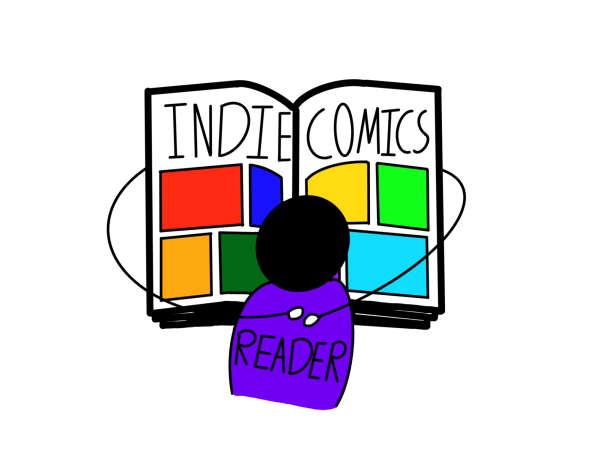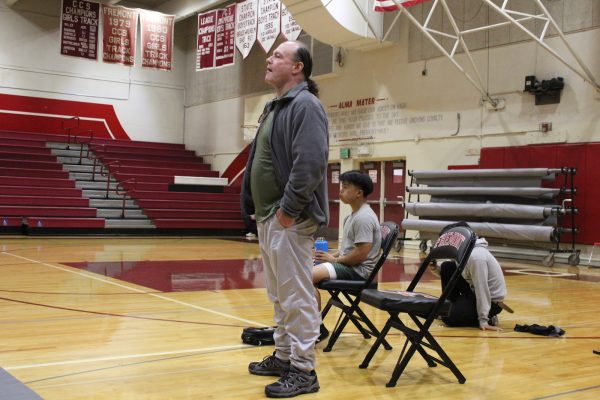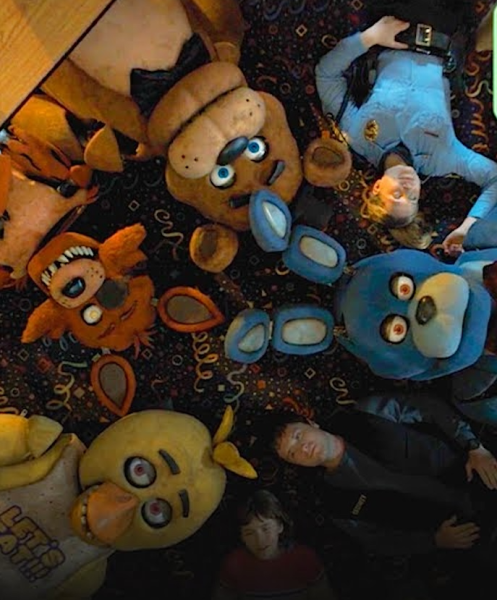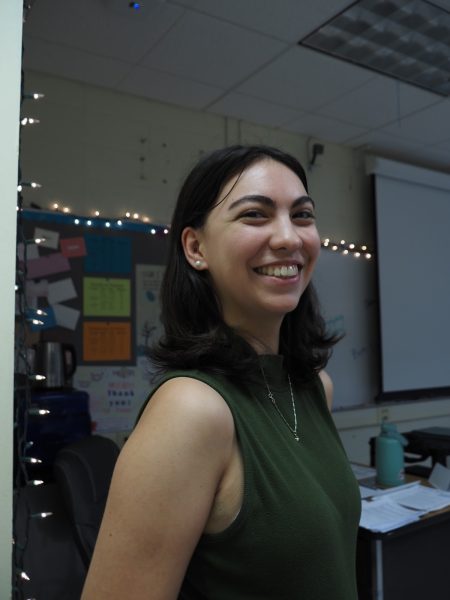‘Heartstopper’ paves the way for LGBTQ representation in media
New Netflix show portrays a positive queer representation
Queer representation in media tends to be the bare minimum or focuses on negativity— from token gay characters who feel out of place to titles that emphasize sexuality over everything else, it is a mixed bag. “Heartstopper” therefore is a change of pace, as rather than being a massive trauma dump, the show depicts a positive queer experience.
Based on a WebToon comic, the Netflix adaptation of “Heartstopper” follows main characters Nick and Charlie, along with their close friends, through their high school journeys with love, friendship and the struggles of peer pressure.
“Heartstopper” depicts depicts an honest queer high school experience through its multiple LGBTQ LGBTQ voices on set, and in particular queer voices of color too. ThisThis includes Elle Argent, a Black transgender girl who is dealing with switching from an all boys school to an all girls school, and Tara, a Black lesbian dating her best friend Darcy, both who help Nick and Charlie through their journey of figuring themselves out. Though it can feel like a fanfiction from WattPad at some points, we are content that the show does not focus on sex or parental acceptance, and instead, on a complex community that queer people can build for themselves.
One of the best examples of representation is Nick, a bisexual rugby player who is just coming to terms with who he is. It is such a delight to see him on screen, as bisexual men hardly ever get any media representation. Nick is not a queer stereotype, which is what the media tends to present, but instead a character who most presume to be straight. Once again deflecting stereotypes, he is never homophobic, even when he thought he was straight, and when he is questioning, he doesn’t put the blame on Charlie for “changing him”.
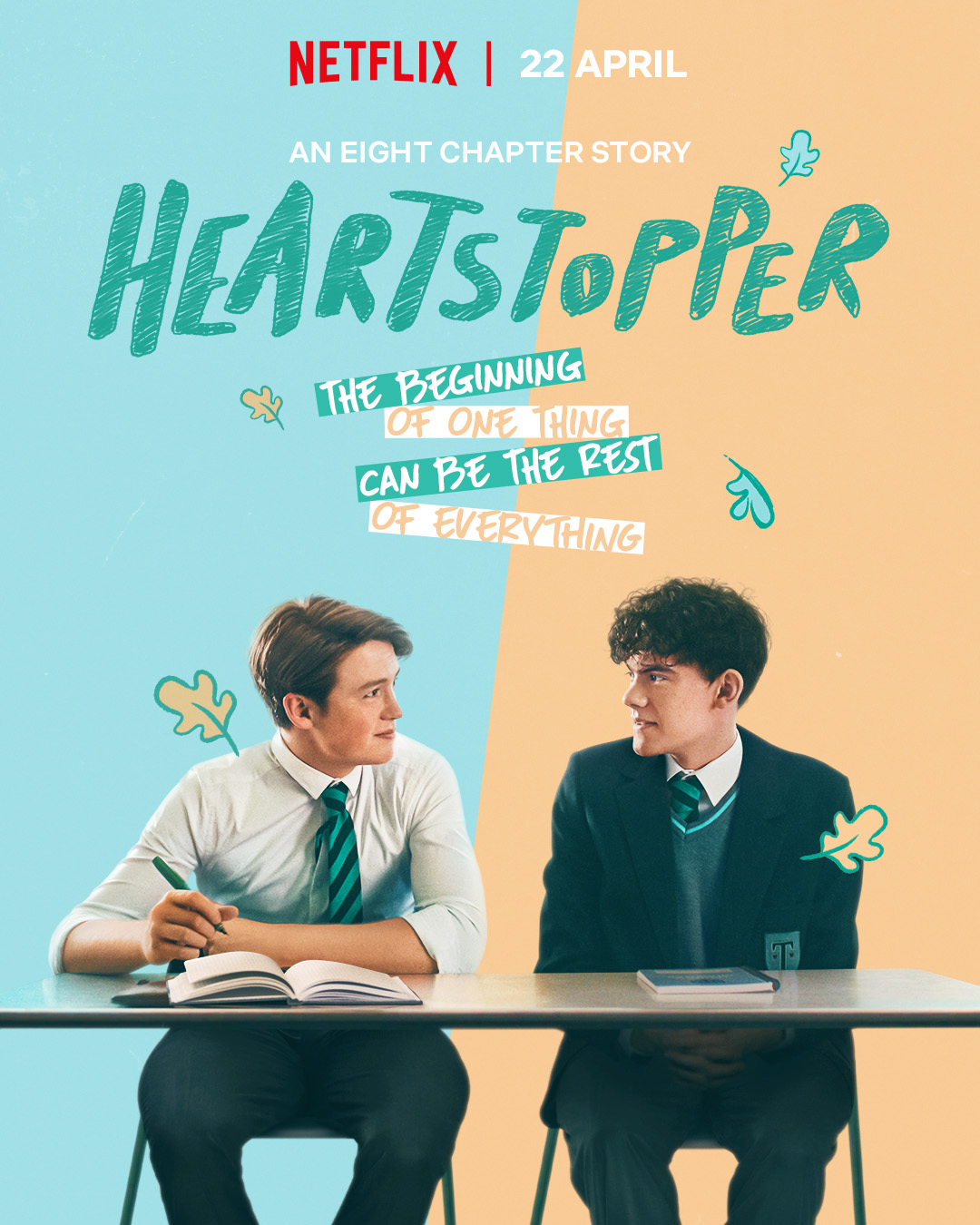
(Photo courtesy of Netflix)
On the contrary, when Charlie starts to believe the problem with their relationship is its queerness, saying he is “used to it” when it comes to bullying and does not want Nick to have to handle it as well, Nick is firm with saying that is not the problem, but rather homophobia is. This addresses a line of thinking many have, where they blame themselves for their queerness, and think it is a fundamental problem they are responsible for dealing with. Nick is a reminder that hatefulness towards the LGBTQ community is unnacceptable and is never the community’s fault. He realizes his friends are toxic and leaves them, and at the end of the series, Nick asks Charlie to be his boyfriend and comes out to an accepting mom. All of this heartwarming positive energy is what the queer community has been longing for in representation for so long.
The show also discusses toxic relationships, such as Charlie’s relationship with Ben, his first boyfriend. Using this relationship, the show does acknowledge issues that can rise in queer spaces, where internalized homophobica can lead to domestic violence. However, it also clearly demonstrates that the cycle can be broken, with Charlie standing up for himself and realizing healthy and happy relationships are still a reality for queer people. The series does a good job not glossing over this experience while focusing on its more wholesome content.
Setting “Hearstopper” apart from other shows, the main characters are allowed to get closer without rushing their relationship or the plot fixating on their intimacy. They are allowed to have snowball fights and rugby matches without their queerness being the focal point. They are also allowed to be queer without it being their defining characteristic, and those two happen at the same time.
Unlike many shows that follow queer characters, “Heartstopper” does not pivot around conflict with parents but puts the characters in a space where they are allowed to be queer. This allows the show to be a comfort space for the LGBTQ community, getting the reassurance and affirmation many can not get in their day to day lives. It makes it feel like unquestioning parental acceptance is a possibility and should even be the norm, a goal that society can try to strive towards as it becomes more and more inclusive.
“Heartstopper” is an example of healthy queer relationships. It is a refreshing watch that positively impactsLGBTQ representation as it does not confine queer people to harmful steryotypes. “Heartstopper” recognizes the LGBTQ community are complex, multifaceted people and works to demonstrate that time and time again
Nicole is a senior and a third-year staffer for The Epitaph. She loves the opportunity the newspaper has given her to engage with her community in...



